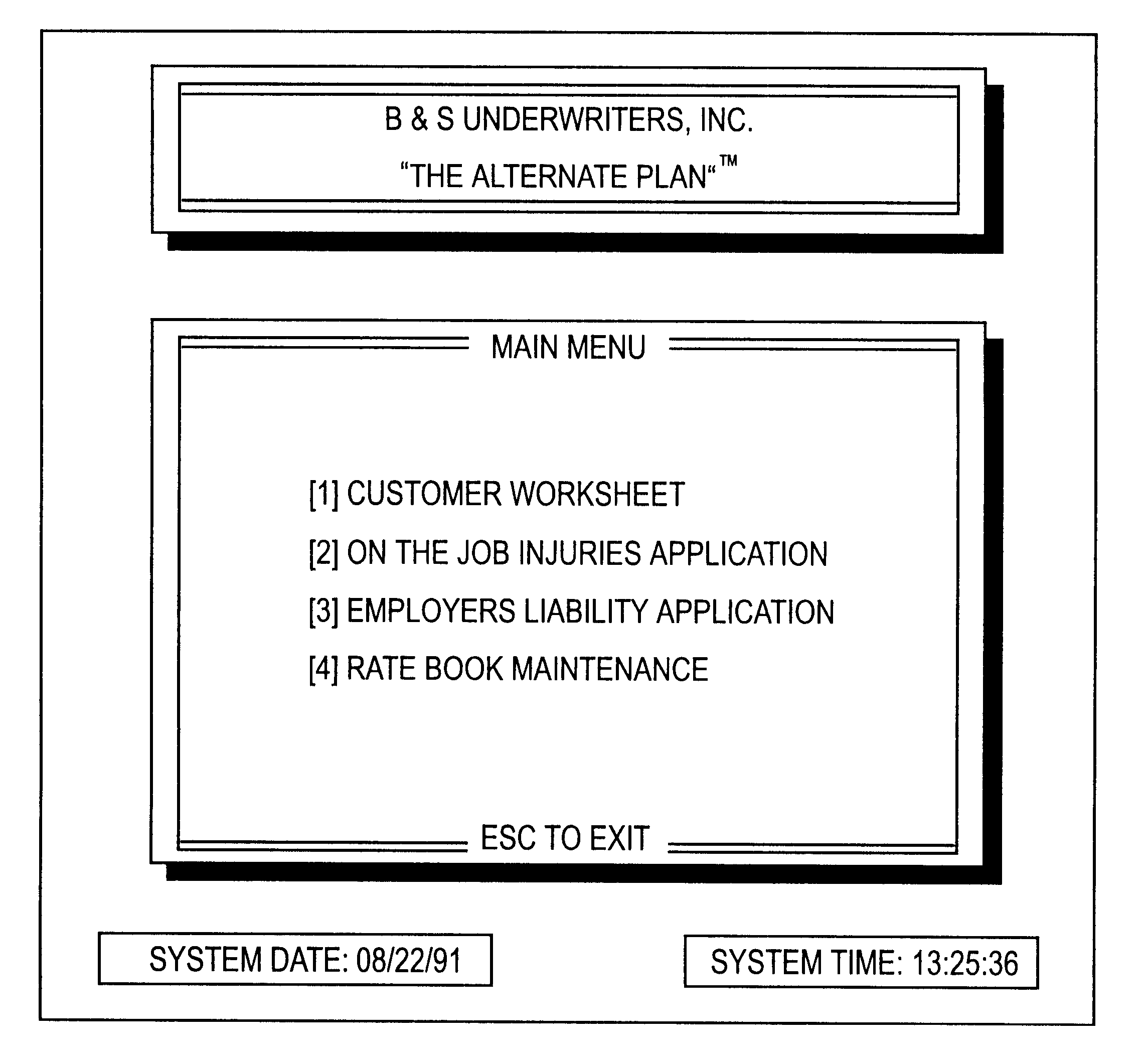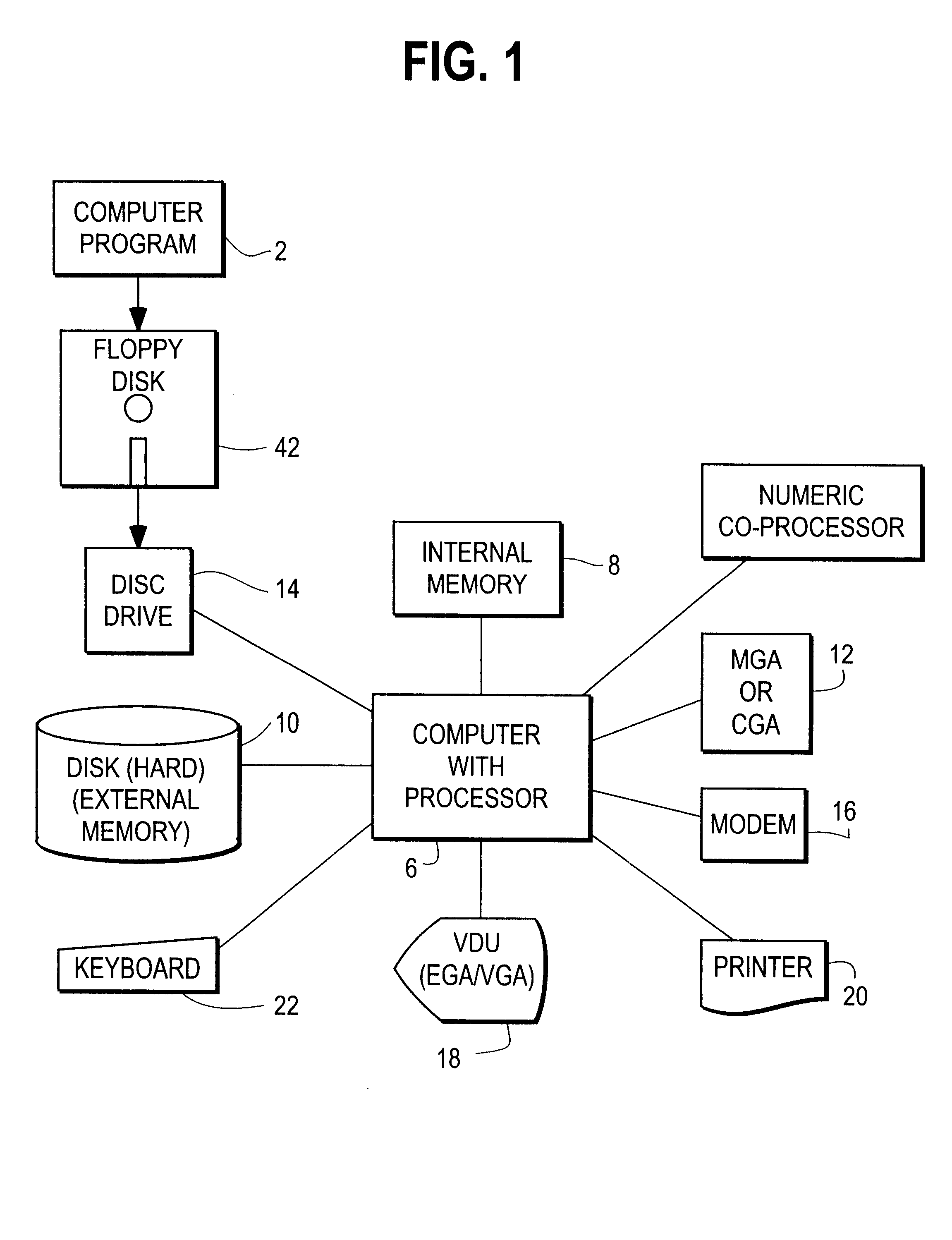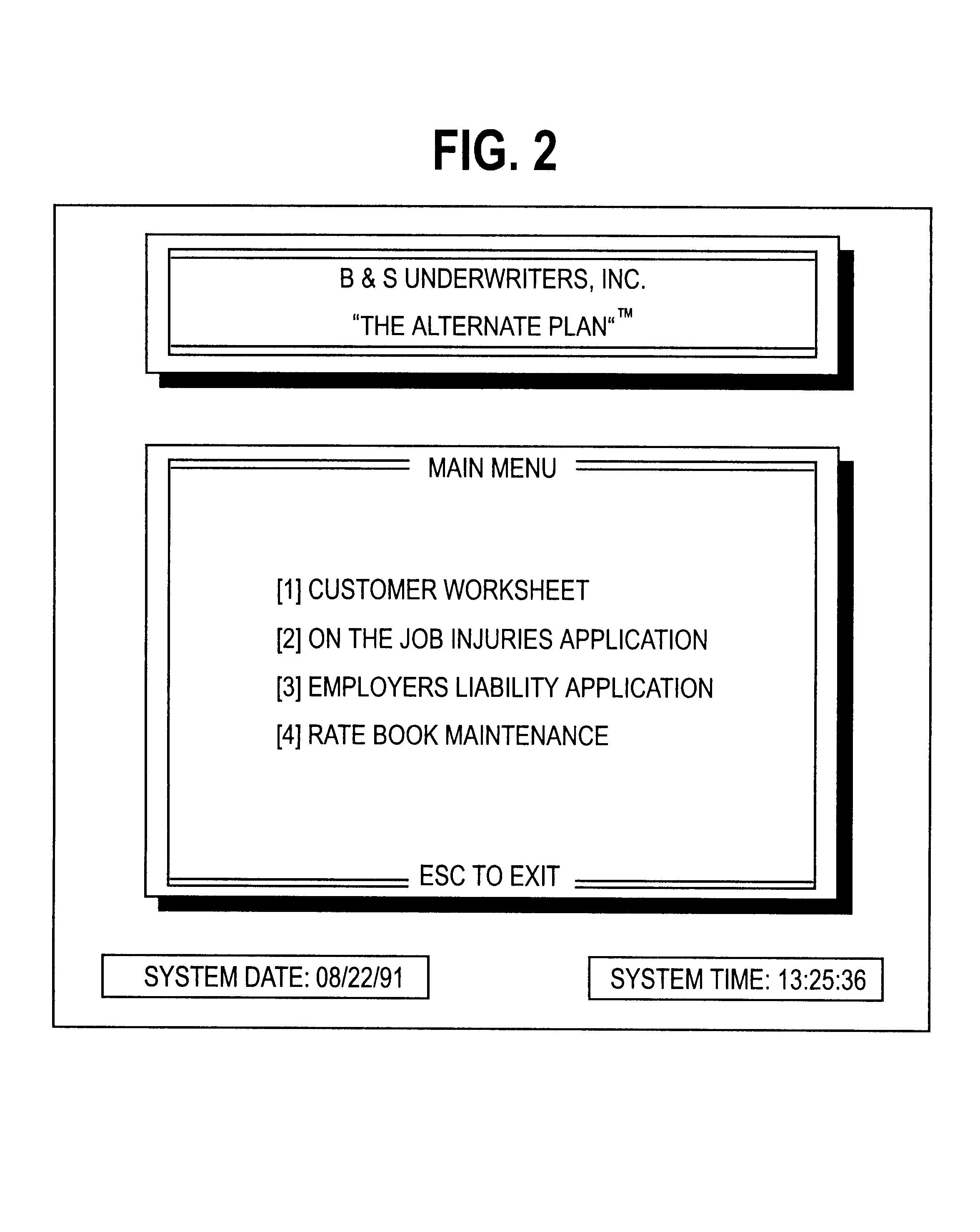On the other hand, if the worker was at fault, he or she lost some, if not all, of the claim upon the employer (or upon society) for financial indemnity and
medical care.
The burden of proof for employer's negligence fell upon the worker, a burden often difficult, if not impossible to satisfy.
Fellow workers were reluctant to testify against an employer for fear of losing their jobs, and the employer had only to defend successfully against the accusation of negligence.
As a result, injured workers often failed to bring suit, for when they did, the
odds were heavily against their success in an otherwise costly venture.
Furthermore, only the injured worker himself had any legal claims.
However, the act was held unconstitutional in 1911 by a Court of Appeals, on the ground that the imposition of liability without fault upon the employer was without due process of law under the state and federal constitutions.
Financial obligations are limited, within reasonable bounds, to income lost by injured workers and the cost of medical and
rehabilitation care.
No longer do the vagaries of tort law apply to workers whose
ability to work is impaired or terminated as a result of an employment-related injury.
However, in the evolution of court decisions to achieve constitutionality of the workers' compensation scheme, there evolved a lack of uniformity of coverage in the United States.
The workers' compensation acts require that the employer furnish employees with
medical care for work-connected injuries, although in some cases, there may be limits on the amount of
medical care that the employer must provide for any particular employee.
If the worker is fatally injured, the employer is required to provide burial expenses.
The states of North Dakota and Wyoming do not permit self-insurance and have a required state fund.
Thus, a standard workers' compensation policy is not available to be sold in the above states.
As some private insurers began to evaluate the risks over time, based on loss history data, companies began to reject workers' compensation coverage for certain employers.
Disadvantages of a Standard Workers' Compensation Policy
One major factor has been the
drying up of the voluntary workers' compensation market due to those companies incurring bad loss ratios.
Another factor is the
drying up of the voluntary market due to the requirement of carriers being assessed by the NCCI and being forced to take assignments from the assigned risk
pool.
As this volume has increased, so has the cost to companies writing voluntary workers' compensation.
This transfer of assets cannot be expected to continue indefinitely.
Companies knowing that every dollar of writings in the voluntary market creates significant liabilities and seeing no possibility of relief, are reluctant to write compensation insurance in Louisiana voluntarily.
In many other states, such as Florida and Texas, assigned risk plans in recent years have also operated at a loss.
For example, in Maryland, eligibility for
group insurance is limited to counties, municipalities, and certain private employers.
(However, the discussion of group self-insurance herein shall be limited to the private sector.)
Because such an event could jeopardize the solvency of the remaining three employers, some states require the members to only be liable for their pro rata portion of the risk.
The obvious disadvantages of group self-insurance are: (1) generally, all members of the group are individually liable, or are at least pro rata liable, for all of the group's workers' compensation bills, if the trust is a
non profit trust; (2) the group is generally not protected in the event of insolvency by state guaranty funds; (3) many groups either have no employers liability policy or have minimum limits for bodily injury by accidents or
disease, with a $500,000-policy limit; and (4) this is not a fully insured plan that is backed by an insurance company which, in turn, is backed by a guarantee fund.
The disadvantages of individual self insured programs include the following: (1) control of claims remains in the hands of the employer that is not experienced in adjusting and litigating workers' compensation claims; (2) not every employer can meet the requirements to be individually self-insured due to the minimum requirements for the employer's number of employees or financial net worth; (3) employers liability is excluded if no stand alone employers liability policy is purchased, so that there is no coverage to the employer for: (a) damages for which the employer is liable to a
third person by reason of a claim against the employer to recover damages against that
third party as a result of an injury to an employee of the insured; (b) damages for care and loss of services of an employee of the insured; or (c) damages for consequential bodily injury to a spouse, child, parent, brother, sister of an injured employee of the insured.
Still another
disadvantage of self-insurance is (4) that if the employer becomes insolvent, there is no state guaranty fund to pay the injured employees medical bills, disability, or other compensation due him.
Most state laws preclude combining the benefits available under workers' compensation with those available under other employee benefit plans, so integration is limited to coordinated claims management and / or utilization of the group health discounted provider rates for workers' compensation claims.
Accordingly, there is a lack of comparable historical medical claim information by health carriers needed to control medical costs.
Moreover, an employee benefits plan cannot be both a workers' compensation plan and a ERISA plan.
All of this having been said, there are obvious setbacks to maintaining that ERISA is a broad scale answer to the workers' compensation dilemma in the United States.
The current disadvantages of this use of ERISA are set forth below.
 Login to View More
Login to View More  Login to View More
Login to View More 


